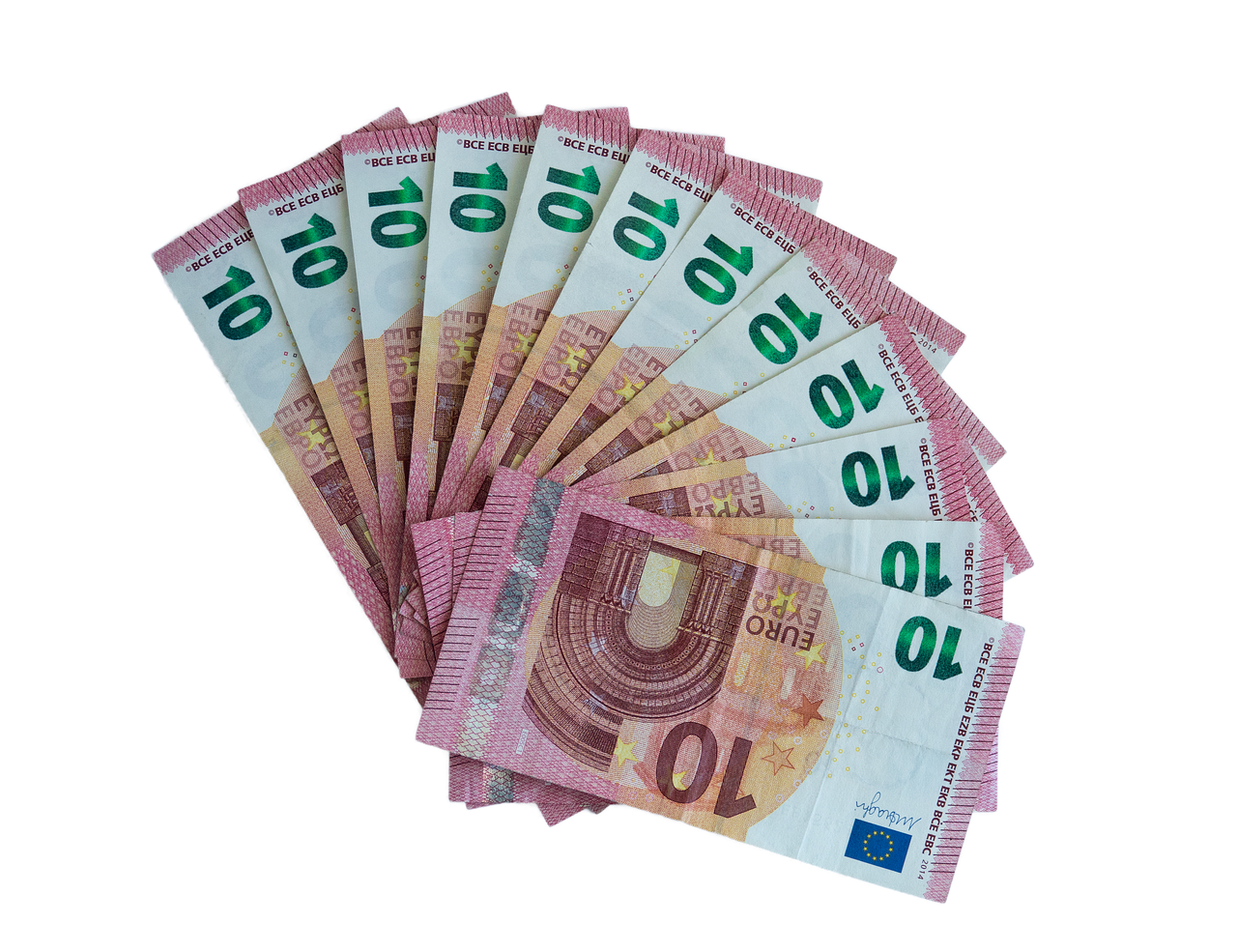Exchange Traded Funds (ETFs) have revolutionized the investment landscape, offering a convenient and cost-effective way to diversify portfolios and gain exposure to various markets and asset classes. Whether you’re a seasoned investor or just starting out, understanding how to trade ETFs is crucial for making informed investment decisions and achieving your financial goals. This comprehensive guide will delve into the intricacies of ETF trading, covering everything from the basics to advanced strategies.
What are ETFs and Why Trade Them?
Understanding the Basics of ETFs
An Exchange Traded Fund (ETF) is a type of investment fund that holds a basket of assets, such as stocks, bonds, or commodities, and trades on stock exchanges like individual stocks. ETFs aim to track the performance of a specific index, sector, commodity, or investment strategy. Unlike mutual funds, which are priced once at the end of each trading day, ETFs are priced continuously throughout the trading day, allowing investors to buy and sell them at any time the market is open.
Key Benefits of Trading ETFs
- Diversification: ETFs provide instant diversification, as they hold a variety of assets within a single fund. This reduces the risk associated with investing in individual securities. For instance, instead of buying individual stocks in the technology sector, you can invest in a technology ETF that holds shares of multiple tech companies.
- Low Cost: ETFs typically have lower expense ratios compared to actively managed mutual funds. This means that more of your investment returns are passed on to you, rather than being used to cover management fees. Average ETF expense ratios often range from 0.05% to 0.50%, significantly lower than many mutual funds.
- Liquidity: ETFs are highly liquid, meaning they can be easily bought and sold on stock exchanges. This allows investors to enter and exit positions quickly, which is especially useful in volatile markets.
- Transparency: ETFs disclose their holdings on a daily basis, allowing investors to know exactly what assets they are investing in. This transparency helps investors make informed decisions based on their specific investment goals and risk tolerance.
- Tax Efficiency: ETFs are generally more tax-efficient than mutual funds because they have lower portfolio turnover. This results in fewer taxable events for investors.
How to Start Trading ETFs
Opening a Brokerage Account
The first step in trading ETFs is to open a brokerage account. You can choose from a variety of brokers, including:
- Full-service brokers: Offer comprehensive financial advice and services, but typically charge higher fees.
- Discount brokers: Offer lower fees and a platform for self-directed trading.
- Online brokers: Provide convenient access to trading platforms and tools, often at competitive prices.
When choosing a broker, consider factors such as fees, commissions, account minimums, trading platforms, research tools, and customer service. Popular online brokers include Fidelity, Charles Schwab, and Vanguard.
Funding Your Account
Once you have opened a brokerage account, you need to fund it with cash. You can typically fund your account through:
- Electronic bank transfer: Transfer funds directly from your bank account.
- Check: Mail a check to your brokerage.
- Wire transfer: Wire funds from your bank account.
Ensure that you have sufficient funds in your account before placing any trades.
Researching ETFs
Before investing in an ETF, it’s essential to conduct thorough research. Consider the following factors:
- Index Tracking: Understand the underlying index that the ETF is designed to track.
- Expense Ratio: Check the expense ratio, which is the annual fee charged to manage the ETF.
- Trading Volume: Look for ETFs with high trading volume, as this indicates liquidity and tighter bid-ask spreads.
- Holdings: Review the ETF’s holdings to understand the assets you are investing in.
- Performance: Analyze the ETF’s historical performance relative to its benchmark.
Websites like ETF.com and Morningstar provide valuable information and tools for researching ETFs.
Placing Your First Trade
Once you have researched an ETF and are ready to invest, you can place a trade through your brokerage account. There are several types of orders you can use:
- Market Order: Buys or sells the ETF at the current market price.
- Limit Order: Buys or sells the ETF at a specific price or better.
- Stop-Loss Order: Sells the ETF if the price falls below a specified level.
For example, if you want to buy 100 shares of the SPDR S&P 500 ETF (SPY) and are willing to pay up to $450 per share, you can place a limit order to buy at $450. If the market price reaches $450 or lower, your order will be executed.
Advanced ETF Trading Strategies
Sector Rotation
Sector rotation involves shifting investments among different sectors of the economy based on the economic cycle. For instance, during an economic expansion, investors might increase their exposure to cyclical sectors like technology and consumer discretionary. In contrast, during an economic slowdown, they might shift to defensive sectors like healthcare and utilities.
- Example: If you believe the economy is entering an expansionary phase, you could increase your allocation to technology ETFs like the Technology Select Sector SPDR Fund (XLK) and decrease your allocation to utilities ETFs like the Utilities Select Sector SPDR Fund (XLU).
Dollar-Cost Averaging
Dollar-cost averaging involves investing a fixed amount of money at regular intervals, regardless of the ETF’s price. This strategy helps to reduce the impact of market volatility and can lead to better average returns over time.
- Example: Investing $500 in a broad market ETF like the iShares Core S&P Total U.S. Stock Market ETF (ITOT) every month, regardless of whether the market is up or down.
Using ETFs for Hedging
ETFs can be used to hedge against potential losses in other investments. For example, if you own a portfolio of individual stocks, you can use a short ETF to offset potential losses in a market downturn.
- Example: If you own several technology stocks and are concerned about a potential market correction, you could buy shares of a short technology ETF like the ProShares Short QQQ (PSQ) to hedge against potential losses.
Tax-Loss Harvesting
Tax-loss harvesting involves selling investments that have lost value to offset capital gains taxes. You can then immediately reinvest the proceeds into a similar, but not identical, ETF to maintain your market exposure.
- Example: If you have a loss in a mid-cap ETF, you could sell it and immediately buy another mid-cap ETF with a slightly different index, like the Vanguard Mid-Cap ETF (VO) or iShares Core Mid-Cap ETF (IJH). This allows you to realize the tax benefit of the loss while staying invested in the mid-cap market segment.
Common Mistakes to Avoid When Trading ETFs
Ignoring Expense Ratios
While ETFs generally have lower expense ratios than mutual funds, it’s still important to pay attention to these fees. Higher expense ratios can eat into your returns over time. Always compare the expense ratios of similar ETFs before making a decision.
Not Understanding the Underlying Index
It’s crucial to understand the underlying index that an ETF is tracking. Some indexes may be more concentrated or have different methodologies than others. Make sure the index aligns with your investment goals and risk tolerance.
Overlooking Trading Volume
ETFs with low trading volume can have wider bid-ask spreads, which can increase your trading costs. Look for ETFs with high trading volume to ensure liquidity and minimize trading costs.
Neglecting Tax Implications
ETF trading can have tax implications, such as capital gains taxes on profits. Be aware of the tax rules and consider strategies like tax-loss harvesting to minimize your tax burden.
Chasing Performance
Avoid chasing after ETFs that have recently performed well. Past performance is not indicative of future results, and high-performing ETFs may be overvalued. Focus on your long-term investment goals and choose ETFs that align with your risk tolerance.
Conclusion
ETF trading offers a versatile and accessible way to invest in a wide range of asset classes and markets. By understanding the basics of ETFs, conducting thorough research, and employing strategic trading techniques, investors can potentially enhance their portfolio diversification, manage risk, and achieve their financial objectives. Avoiding common mistakes and staying informed about market trends are also crucial for successful ETF trading. Whether you’re a beginner or an experienced investor, mastering ETF trading can be a valuable addition to your investment toolkit.




